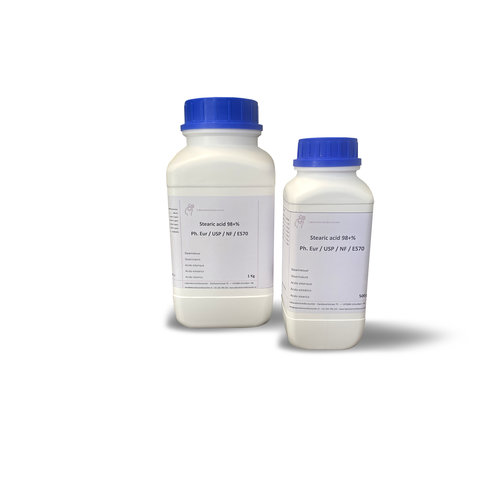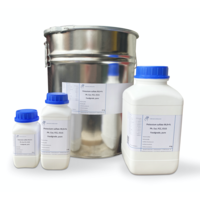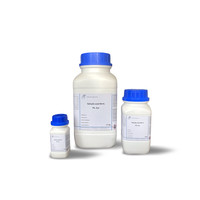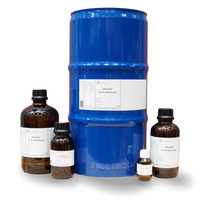You have no items in your shopping cart
Stearic acid 98+% Ph. Eur / USP / NF / E570
- Buy 2 and save 5%
- Buy 6 and save 10%
Stearic acid is a saturated carboxylic acid and fatty acid. Their salts and esters are called stearates (systematically also octadecanoates). Stearic acid is also incorrectly called stearin.
Stearic acid can be obtained from vegetable and animal oils and fats by saponification. Fat is boiled with caustic soda and hydrolyzed to glycerine and the sodium salt of fatty acids (soap). These fatty acid salts are converted back into fatty acids with mineral acid. Since fats usually contain a mixture of different glycerol esters of fatty acids, they must be separated by distillation or used as a mixture.
Stearic acid is used as an additive in the automotive, food and pharmaceutical industries. Stearic candles are made from stearic acid. Shaving cream often contains stearic acid. The sodium salt sodium stearate is used as a cleaning agent. Stearic acid is the starting material for the manufacture of various detergents. In the EU it is generally approved as a food additive (under number E570 as a collective name for fatty acids) without maximum quantity limit (quantum satis) for food.
The acid occurs in the form of glycerol stearate in almost all animal and vegetable fats and oils, including hazelnuts and cocoa butter (30-37%). In particular in the triacylglycerols of animal fats, it is, in addition to palmitic acid, the dominant saturated fatty acid in terms of quantity: beef fat (20-35%), sheep fat (15-30%), lard (12-18%), butter fat (9- 13%). Vegetable lipids sometimes contain very large amounts, sometimes up to about 60-70% stearic acid.
Free stearic acid can be formed from the glycerin esters (glycerine stearate) by splitting fat into more or less large amounts over a long storage period.
-Technical data
Carboxylic acid C18, Octadecanoic acid
Empirical formula C18H36O2
Molar mass (M) 284,47 g/mol
Density (D) 0,87 g/cm³
Boiling point (bp) ≤385,8 °C
Flash point (flp) 200 °C
Melting point (mp) 69 °C
Storage temp. +15 to +25 °C
CAS No. 57-11-4
EG-Nr. 200-313-4
Downloads
| Download MSDS Stearinezuur (NL) |
| Download MSDS Stearinsäure (DE) |
| Download MSDS Stearic acid (EN) |
| Download MSDS Acide stéarique (FR) |
| Download MSDS ácido esteárico (ES) |
| Download MSDS Acido stearico (IT) |









